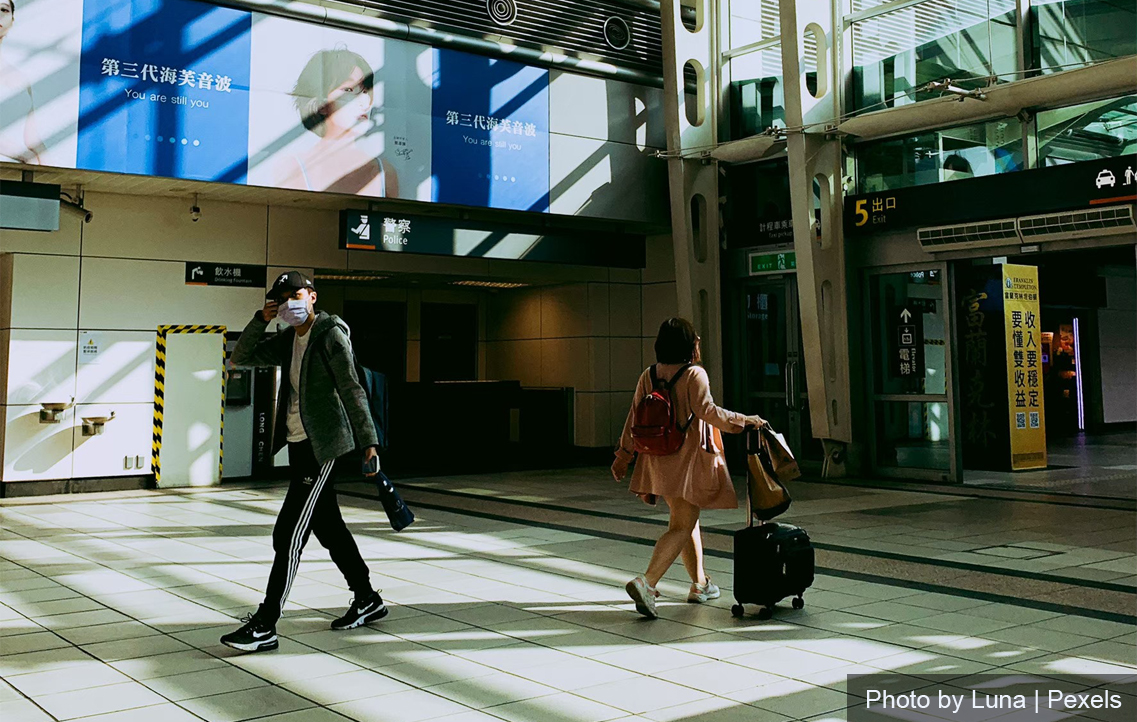
With China reopening its borders on Jan 8, the return of Chinese visitors to Singapore and the region will be a welcome boost to tourism and travel-related industries.
Singapore Transport Minister S Iswaran gave a speech in Parliament on restoring Singapore’s air connectivity with China in a “safe and orderly” way. How will this opening up affect us?
Authorities have been coordinating with all agencies and stakeholders in gearing up for full operational capacity at Changi Airport for some time. Currently, Changi Airport is running at 80 per cent of pre-COVID capacity.
But travel with China has yet to pick up, even after the country began loosening zero-COVID restrictions in early December.
As highlighted by Minister Iswaran, Singapore now only receives 700 to 1,000 passengers from China a day. The 38 weekly flights between Singapore and China are currently at less than 10 per cent of pre-COVID levels. In comparison, pre-COVID, there were 400 flights between China and Singapore.
Because Chinese travel ground to a halt in the time of zero-COVID measures, the Asia Pacific region has been the slowest region to restore capacity for full air travel. But it is also the largest air passenger market in the world.
In 2019, 3.38 billion passengers travelled by air in Asia Pacific, representing 37 per cent of the world’s 9.16 billion air travellers. In 2020, the APAC region received only 1.57 billion of passengers, a reduction of 53 per cent.
A BOON FOR SOUTHEAST ASIA TOURISM
Unlike other countries like Australia, the US, India and Japan that require a negative COVID-19 test from inbound Chinese travellers, Southeast Asian countries such as Singapore and Thailand do not have such requirements in place.
After all, Chinese visitors have long contributed a significant chunk to the tourism pie in Southeast Asia. For example, before the pandemic, Chinese visitors accounted for about a quarter of both Singapore’s and Thailand’s annual arrivals respectively.
After rescinding a policy requiring visitors to show proof of COVID-19 vaccination, Thailand now expects 7 to 10 million Chinese visitors compared to an earlier estimate of 5 million.
In the meantime, Singapore hotels have reported a surge in enquiries and website traffic from Chinese visitors. However, bookings have yet to materialise, suggesting a “wait-and-see” attitude among Chinese tourists.
WHY TRAVEL TO AND FROM SINGAPORE SHOULD STAY OPEN
While ensuring the safety of airport personnel and the public at large is important, there is a business case to be made for why Singapore, an open trading economy and regional air hub, should avoid requirements for enhanced COVID-19 testing without sound scientific reasoning.
Pre-pandemic, the tourism industry contributed to 4 per cent of Singapore’s gross domestic product. However, the industry has suffered a major blow – in 2021, the country received only 330,000 tourist arrivals compared to more than 19.1 million in 2019.
But the number of arrivals is expected to have rebounded to between 4 million and 6 million in 2022, thanks to pent-up demand and the reopening of borders that year. The Singapore Tourism Board expects tourism flows to recover to pre-COVID levels by the mid-2020s. Keeping post-pandemic travel streamlined would facilitate the industry’s recovery.
Singapore’s public health safety measures are based on scientific data that includes high vaccination rates, ensuring preparedness at its healthcare facilities and monitoring of new COVID-19 variants. These measures have been in step with Singapore’s reopening to global air travellers.
Singapore had implemented initiatives over the last few years to resume air connectivity in a safe and gradual manner, such as vaccinated travel lanes (VTLs) that allowed fully vaccinated passengers to travel quarantine-free with a negative COVID-19 test. The VTLs were dynamic and flexible in application to specific regions, countries and even cities in line with prevailing COVID-19 trends.
But by Apr 1, 2022, Singapore removed all VTLs and allowed fully vaccinated travellers to enter Singapore with just a pre-departure COVID-19 test. And by Apr 26, 2022, Singapore did away with pre-departure testing for fully vaccinated individuals.
This is the stance it will maintain with Chinese visitors because by now, more infections and severe cases can originate anywhere in the world.
Furthermore, beyond trade and business, Singapore also needs to restore its people-to-people links with the global community. More than 60 per cent of travellers from China are Singapore citizens, permanent residents, and long-term pass holders.
With economic headwinds looming such as a potential global recession on top of disruptions to supply chains and increased volatility of energy prices, Singapore has to do all it can to ensure its economy stays resilient and robust.
Faizal Yahya is Senior Research Fellow at the Institute of Policy Studies, Lee Kuan Yew School of Public Policy.
This piece was first published in CNA on 11 January 2023.
Top photo from Pexels.
